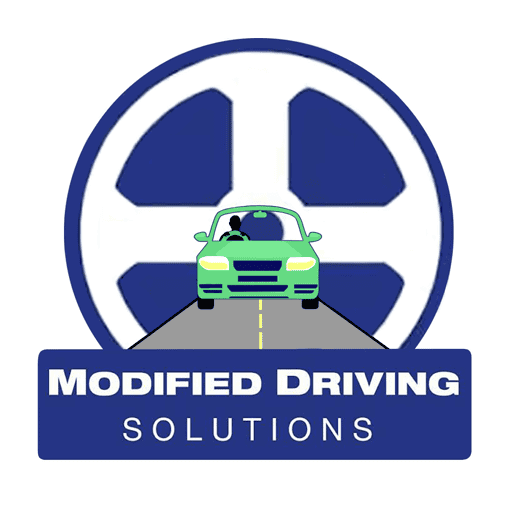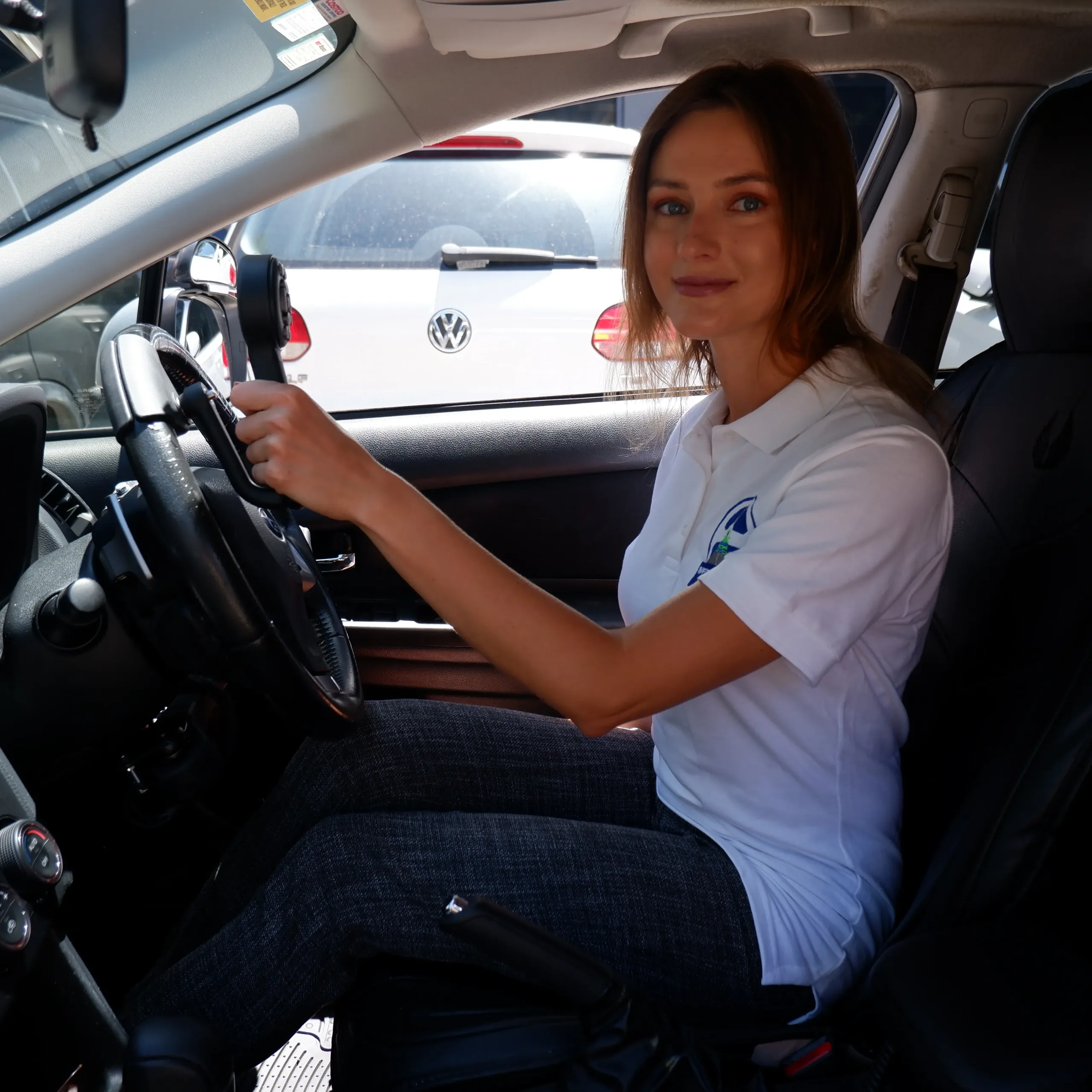Driving is about more than merely getting from one place to another. It's a symbol of independence, freedom, being able to travel on one's own terms.
But for many individuals, certain physical, cognitive, or emotional challenges can make driving unsafe or overwhelming. In NSW, there are strict legalities and minimum standards that all drivers must follow to obtain and retain a driver's licence.
Occupational therapy driving assessments evaluates and rehabilitates individuals' driving capabilities to promote safe and independent driving when medical issues are involved.
Let's find out how this evaluation can help drivers who didn't think they could, be able to drive once again.
Understanding Occupational Therapy for Driver Assessment
Occupational therapy is a holistic, client-centred area of healthcare that focuses on enabling individuals to participate in everyday activities such as driving.
Within this field, driver assessment and rehabilitation are a niche specialty that involves evaluating how a person's disability or medical condition is influencing their capacity to drive safely.
Often referred for the assessment by a treating doctor, The OT's role is also to recommend interventions and supports to enhance their driving skills, so they meet the standards set by Transport for NSW(aka RMS).
The Importance of Driver Assessment
A comprehensive driver assessment is crucial for several reasons.
It helps identify potential risks, ensures the safety of the driver and others on the road, and supports informed decision-making about driving abilities and managing expectations. Whether it's a teenager with developmental disabilities, an adult recovering from a stroke, or an elderly person facing age and medical-related changes, a driver assessment can provide valuable insights and recommendations.
Navigating the technical and procedural aspects of licenses and Transport for NSW can be a confusing prospect for many people. An experienced Driver Trained OT can alleviate much of the burden in this regard, and directly liaises with Transport for NSW throughout the entire process.
The Occupational Therapy for Driver Assessment Process
The assessment process typically involves several components, including a clinical evaluation, an on-road assessment, and sometimes, the use of specialised equipment.
Clinical Evaluation
The clinical evaluation is the first step in the driver assessment process. It involves gathering information about the individual's medical history, relevant medications, and driving history. Occupational therapists will assess physical abilities such as strength, coordination, reaction time, and range of motion. They will also evaluate cognitive functions, including attention, memory, problem-solving, and visual perception, as these are critical for safe driving.
On-Road Assessment
The on-road assessment is conducted in a vehicle with dual control. Along with a qualified driving instructor, the occupational therapist will observe the individual's driving skills, including their ability to follow traffic rules, make safe decisions, and respond to real-life traffic scenarios. This practical component provides a real-world perspective on the individual's driving capabilities.
Use of Vehicle Modifications
For people with significant physical deficits, specialised equipment may be required to ensure the person can operate a vehicle to legal standards. For example, people with reduced movement or strength in their legs would be assessed with hand controls, allowing for braking and accelerating to be done by hand.
Interventions and Recommendations
Based on the assessment results, occupational therapists can develop a personalised intervention plan to address identified challenges and promote safe driving.
Interventions may include:
Skills Training
Occupational therapists can provide targeted training to improve specific driving skills. This involves constructing rehabilitation driving programs to target specific goals such as practicing certain manoeuvres, enhancing reaction times, or improving cognitive functions related to driving. Specialised driving instructors are often recommended to conduct these lessons and help prepare the driver for the driving test.
Adaptive Equipment
For individuals with physical difficulties, vehicle modifications may be prescribed. Occupational therapists can recommend and train individuals on the use of devices such as hand controls, left foot accelerators, or steering wheel modifications to enhance driving safety and comfort.
Notification to Transport for NSW
When an Occupational therapy for driver assessment is performed, part of the process involves giving a copy of the report and recommendations to the RMS. Transport for NSW must be made aware of any medical issues possibly impacting on driving, as changes to the person's licence may be recommended. In some instances, people must successfully pass the driving test to regain their full licence.
In Summary
Occupational therapy for driver assessment is a vital service that plays a momentous role in promoting safe and self-reliant driving for individuals facing a variety of medical challenges.
Through comprehensive evaluations, personalised interventions, and a focus on enhancing driving skills, occupational therapists help individuals maintain their driving authority and quality of life.
Whether it's establishing vehicle modifications or skills training, occupational therapists are dedicated to ensuring that individuals can continue to navigate their world safely and confidently.
By highlighting the significance of occupational therapy for driver assessment, we can raise awareness about the importance of safe driving practices and the valuable role that occupational therapists play in supporting individuals' independence on the road.
Contact us todayto book an OT driving assessment.


